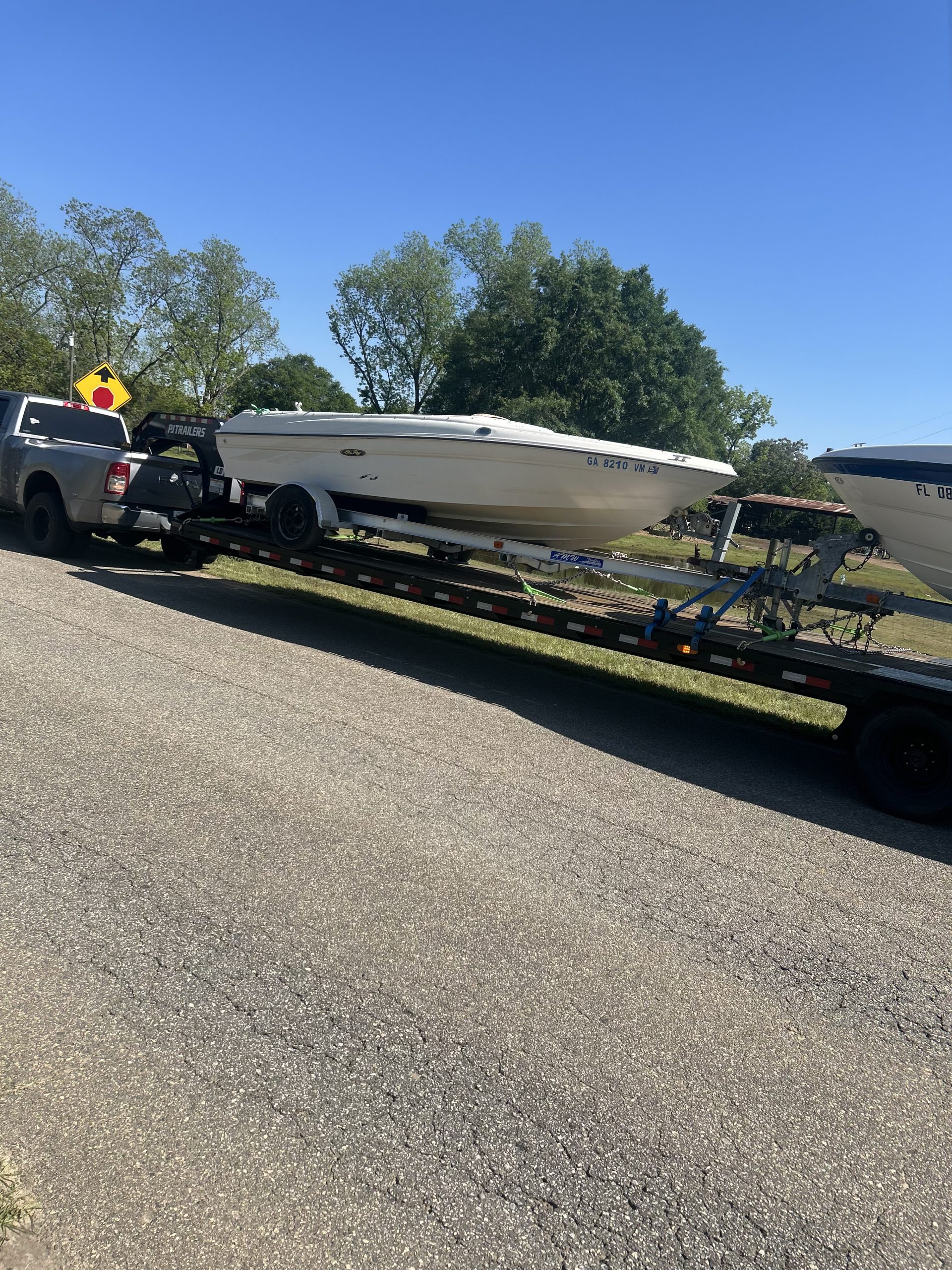The Critical Role of Hauling in Diverse Industries
Hauling, the act of transporting materials or equipment from one location to another, is an essential function across numerous industries. From the towering cranes of construction sites to personal pickup trucks navigating suburban streets, the movement of goods and machinery supports both the backbone of large-scale operations and the convenience of everyday life. As technology advances and demands increase, hauling continues to evolve, adapting to the specific needs of each sector it serves.
Construction Industry: Heavy-Duty Precision
In construction, hauling plays a pivotal role in project execution and logistics. Materials such as steel beams, cement, lumber, and heavy machinery must be transported efficiently to job sites. Specialized equipment like flatbed trucks, dump trucks, and lowboy trailers are frequently used to carry oversized or overweight loads. Logistics planning is critical, ensuring that the right materials arrive at the right time to avoid costly delays.
Construction companies also face regulatory challenges when hauling equipment. Oversized loads may require special permits, and routes must be carefully chosen to avoid low-clearance bridges or weight-restricted roads. The integration of GPS tracking and fleet management software has improved delivery timelines and reduced fuel costs, adding both economic and environmental benefits to modern construction hauling operations.
Tow Trucks: Emergency Hauling and Recovery
Tow trucks provide a unique form of hauling focused on the recovery and transportation of vehicles. Whether responding to breakdowns, accidents, or illegal parking, tow trucks must operate quickly and safely. There are several types of tow trucks, including flatbeds, wheel-lifts, and hook-and-chain models, each suited for specific scenarios.
Tow truck operators often work under time pressure and in hazardous conditions. Their role extends beyond mere transportation—they are first responders in many traffic incidents. As vehicle designs become more complex, tow truck drivers must stay informed about manufacturer guidelines to prevent damage during recovery.
Agriculture and Rural Hauling
In agricultural settings, hauling is fundamental to daily operations. Farmers transport crops, livestock, feed, fertilizer, and machinery using tractors, trailers, and utility vehicles. These hauls often cover uneven terrain and long distances between fields, barns, and processing centers.
The seasonal nature of agriculture requires timely and efficient hauling. Delays in transporting harvested crops, for instance, can result in spoilage or missed market opportunities. Innovations such as automated loading systems and GPS-coordinated fleet tracking help streamline agricultural logistics, improving productivity and profitability.
Personal and Light-Duty Hauling
Hauling isn’t limited to professional or industrial use—many individuals rely on personal vehicles for light-duty hauling tasks. Pickup trucks, SUVs, and trailers are commonly used to transport furniture, recreational equipment, landscaping supplies, and more. With the rise of gig economy services, some individuals even offer hauling assistance for hire, blurring the lines between personal and commercial use.
Safety and regulation still apply at this level. Overloading a vehicle can lead to reduced handling, increased stopping distances, and even legal consequences. Public awareness campaigns and clearer guidelines have helped mitigate some of these risks.
Logistics and Freight: The Backbone of Commerce
At the macro level, hauling within the freight and logistics industry is the engine of global commerce. Tractor-trailers, trains, ships, and aircraft move everything from raw materials to finished goods. Long-haul trucking, in particular, is responsible for delivering over 70% of the freight in countries like the United States.
Efficiency is paramount in this sector. Telematics, route optimization software, and automation are being leveraged to reduce downtime and fuel consumption. Environmental concerns have also spurred interest in electric and hybrid hauling vehicles, especially for last-mile delivery services.
Conclusion
Hauling is a dynamic and indispensable component across industries, ensuring that goods and equipment reach their destinations safely and efficiently. Whether it’s a crane arriving at a building site, a vehicle being towed from a highway, or groceries delivered to a doorstep, the diversity and complexity of hauling operations reflect its fundamental role in modern life. As technology progresses and sustainability becomes a greater priority, hauling will continue to innovate, driving industries forward—literally and figuratively.


 Blog
Blog